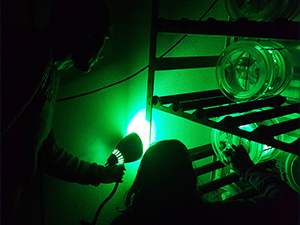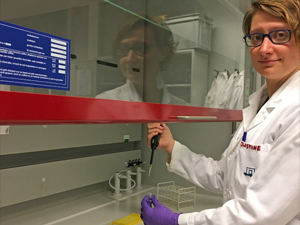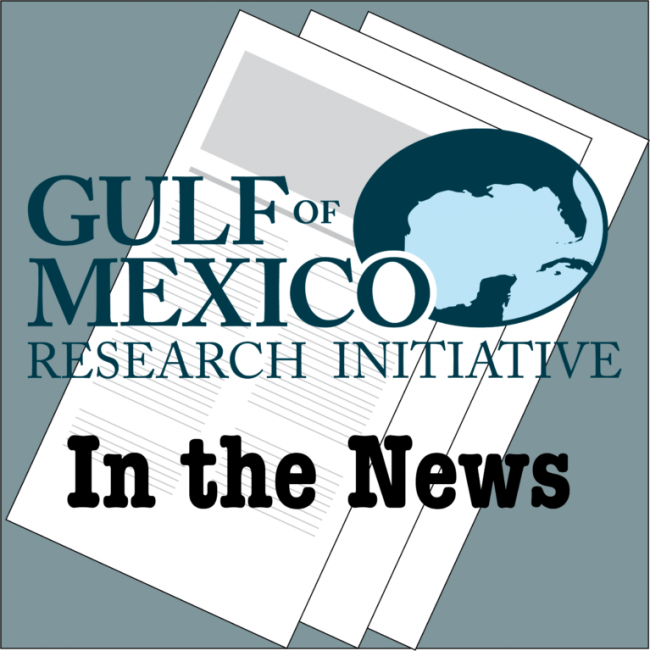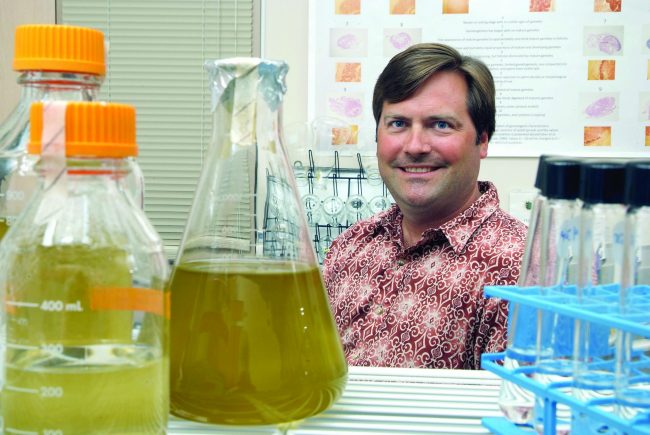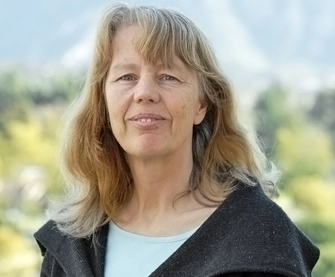Studies Describe how Oil Gets into Marine Snow, Improving Oil Fate Predictions
Scientists conducted rolling table experiments to improve our understanding of how marine oil snow forms and to provide input parameters for models that predict oil transport via sinking marine snow.

